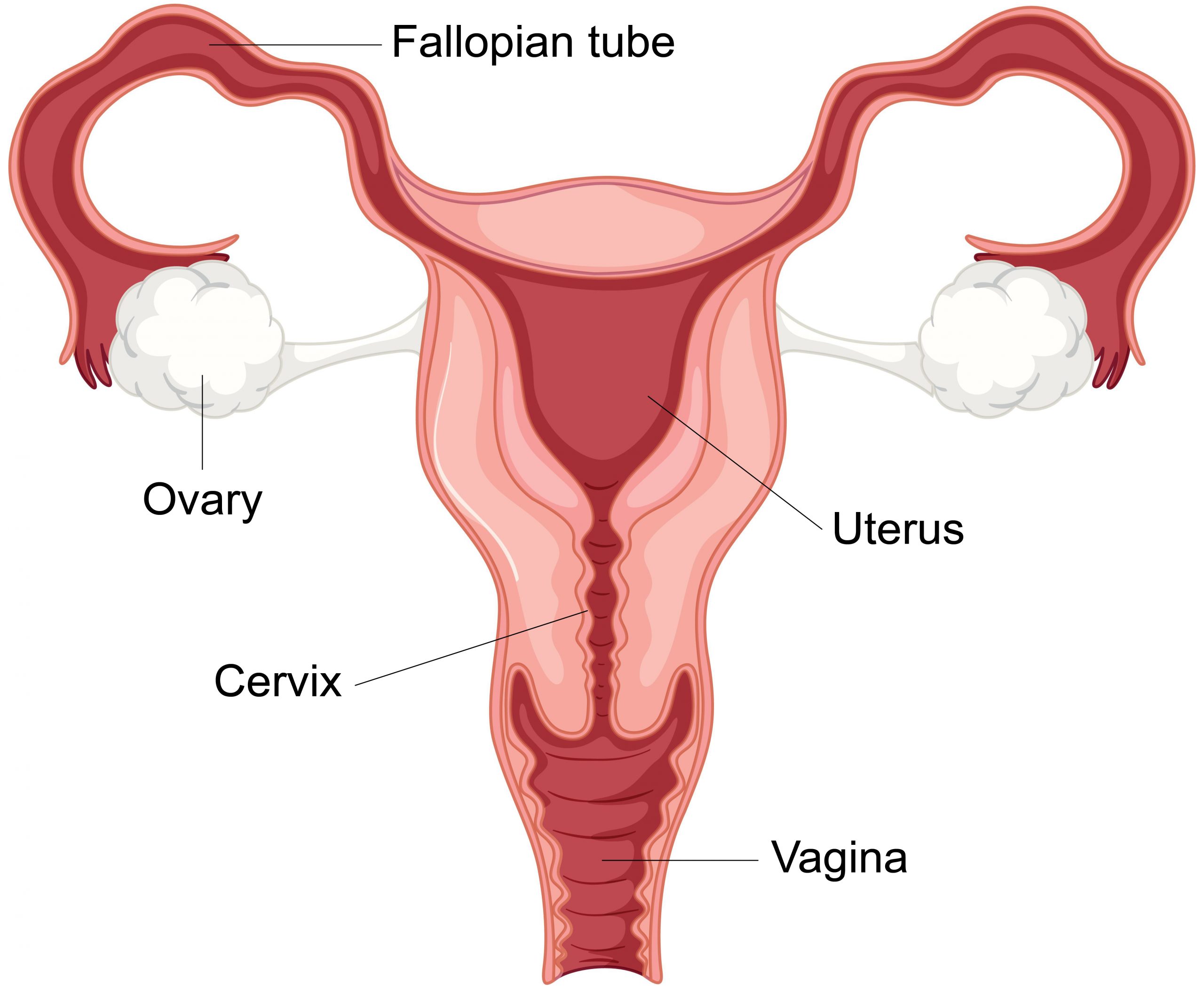
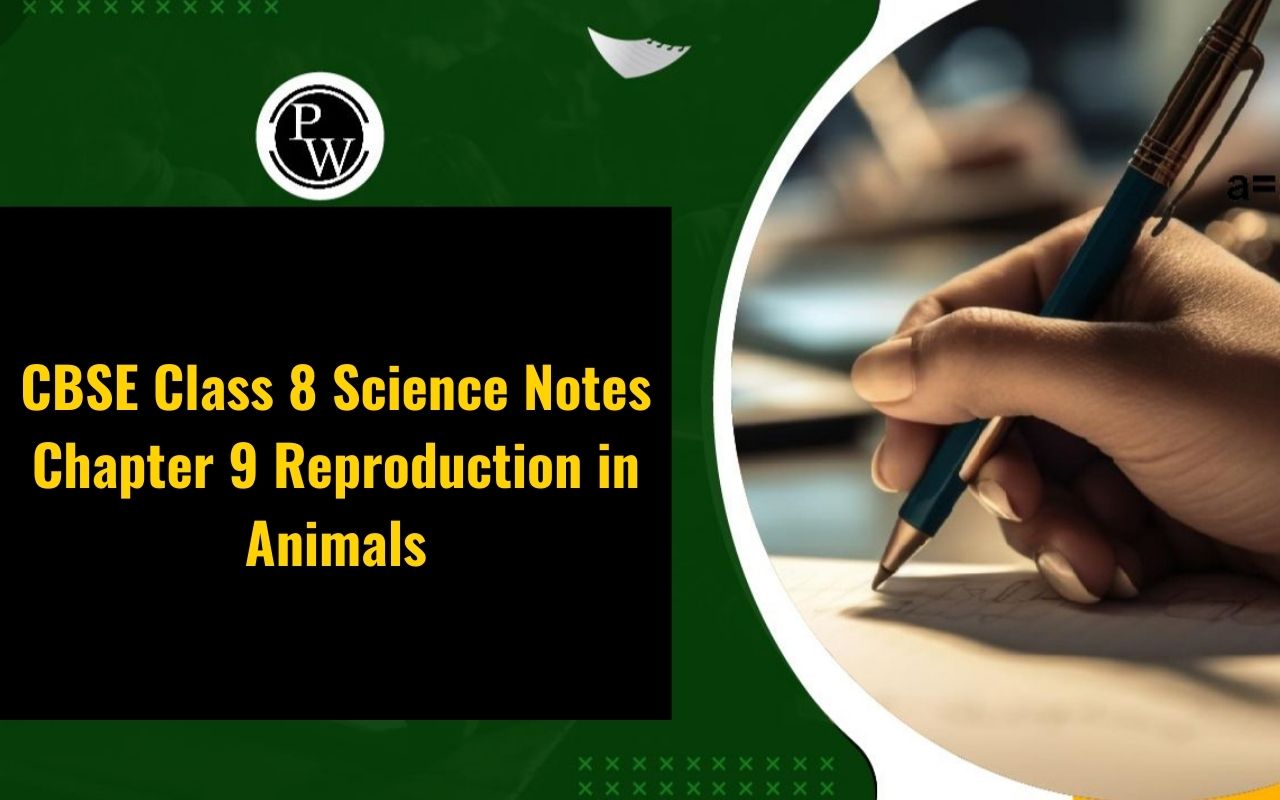
CBSE Class 8 Science Notes Chapter 6: Chapter 6 of CBSE Class 8 Science "Reproduction in Animals," explains how animals produce young ones to continue their species. The chapter talks about two main types of reproduction: asexual reproduction, where one animal can create offspring on its own, and sexual reproduction, which requires both male and female animals.
It also describes the reproductive organs in male and female animals and how they work. Important topics like fertilization, the growth of embryos, and the life cycles of different animals are covered, helping students learn how reproduction happens in the animal world.CBSE Class 8 Science Notes Chapter 6 Reproduction in Animals Overview
These notes on CBSE Class 8 Science Chapter 6 Reproduction in Animals are prepared by subject experts of Physics Wallah. They provide a comprehensive overview of the chapter, covering essential topics such as asexual and sexual reproduction, the role of male and female reproductive organs, fertilization, and the development of embryos. The notes are designed to help students understand the key concepts in a simple and clear manner, ensuring they grasp the fundamental processes of reproduction in animals effectively.CBSE Class 8 Science Notes Chapter 6 PDF Download
The PDF link for the CBSE Class 8 Science Notes on Chapter 6, "Reproduction in Animals," is available below. These notes provide a detailed explanation of key concepts related to animal reproduction, including fertilization, development of the embryo, and more. You can download the PDF to access the complete notes and study them at your convenience.CBSE Class 8 Science Notes Chapter 6 PDF
Quick Revision Notes of CBSE Class 8 Science Notes Chapter 6 Reproduction in Animals
Below we have provided CBSE Class 8 Science Notes Chapter 6 Reproduction in Animals for students to help them understand the chapter better and to score good marks in their examination.Introduction to Reproduction
Reproduction is a fundamental biological process by which living organisms produce offspring, ensuring the survival and continuation of their species. Without reproduction, species would not be able to sustain themselves over generations, leading to their eventual extinction. There are two primary modes of reproduction:Asexual Reproduction : In this mode of reproduction, only a single parent is involved, and there is no mixing of genetic information from another individual. The offspring produced are genetically identical to the parent, which means they are clones of the parent organism. A common example of asexual reproduction is seen in Hydra, where new individuals form as buds on the parent organism.
Sexual Reproduction : Sexual reproduction requires two parents—a male and a female. Each parent has specialized reproductive organs that produce gametes, which are cells containing genetic material. In sexual reproduction, the male gamete (sperm) and the female gamete (egg) fuse during a process called fertilization to form a new individual, or offspring. This offspring inherits genetic information from both parents, leading to greater genetic diversity. Humans and most other animals reproduce sexually, where this diversity can contribute to the survival and adaptation of a species in changing environments.
Fission
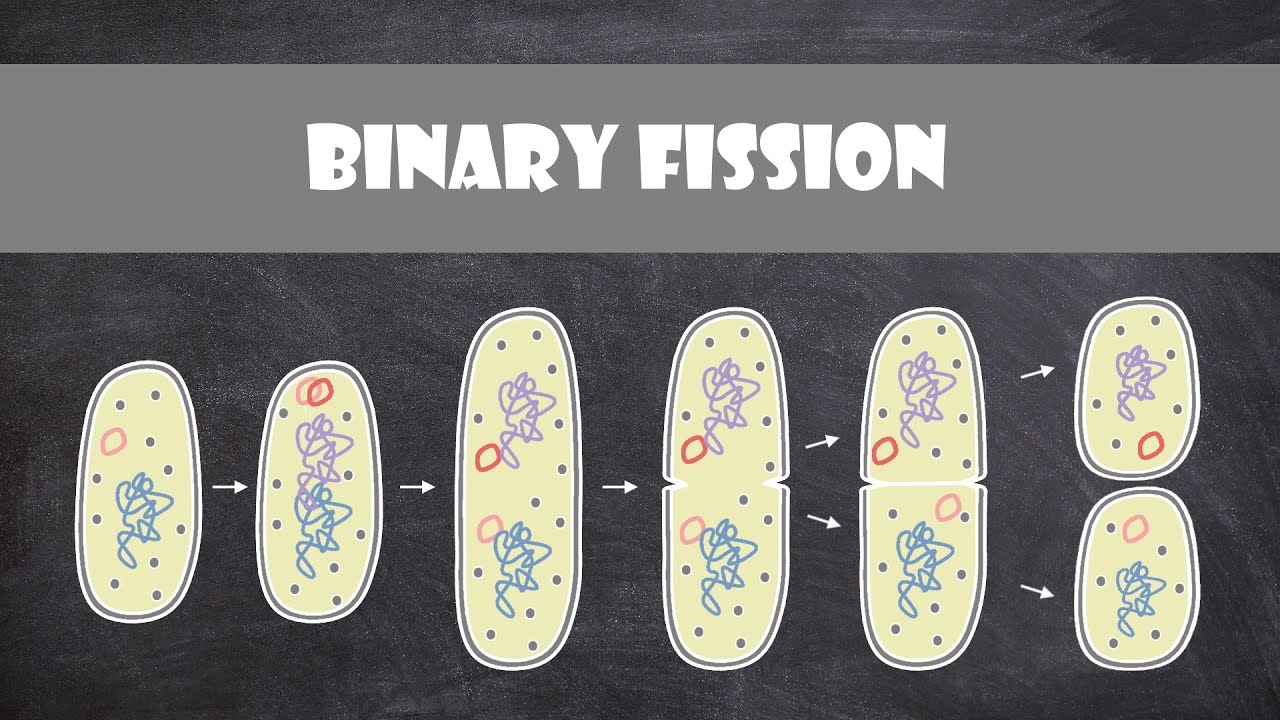 Fission is a form of asexual reproduction where a single-celled organism splits into two or more cells. In this process, the nucleus of the cell divides first, followed by the division of other cell organelles within the cytoplasm. Finally, the cytoplasm itself divides, resulting in the formation of two new cells from the original parent cell.
A classic example of an organism that reproduces through fission is the Amoeba. Amoebas reproduce by a process called binary fission, where the parent cell divides into two identical daughter cells. In cases where one parent cell produces multiple daughter cells, the process is referred to as multiple fission.
Fission allows organisms like Amoeba to rapidly reproduce, ensuring their survival and proliferation in various environments.
Fission is a form of asexual reproduction where a single-celled organism splits into two or more cells. In this process, the nucleus of the cell divides first, followed by the division of other cell organelles within the cytoplasm. Finally, the cytoplasm itself divides, resulting in the formation of two new cells from the original parent cell.
A classic example of an organism that reproduces through fission is the Amoeba. Amoebas reproduce by a process called binary fission, where the parent cell divides into two identical daughter cells. In cases where one parent cell produces multiple daughter cells, the process is referred to as multiple fission.
Fission allows organisms like Amoeba to rapidly reproduce, ensuring their survival and proliferation in various environments.
CBSE Class 8 Science Notes Chapter 6 Reproduction in Animals FAQs
What is fission?
What is the role of the male reproductive system in humans?
What is the role of the female reproductive system in humans?
What is fertilization?
Why is sexual reproduction important?

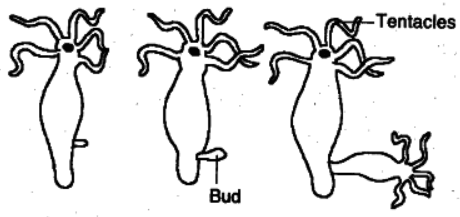 Budding is a form of asexual reproduction where a new organism develops as an outgrowth, or bud, on the body of the parent organism. As the bud grows, it eventually matures into a new individual. In some cases, like yeast, the bud remains attached to the parent, forming a colony. In other organisms, such as the hydra, the bud detaches from the parent body and grows into a fully independent organism. This process is known as budding.
Budding is a form of asexual reproduction where a new organism develops as an outgrowth, or bud, on the body of the parent organism. As the bud grows, it eventually matures into a new individual. In some cases, like yeast, the bud remains attached to the parent, forming a colony. In other organisms, such as the hydra, the bud detaches from the parent body and grows into a fully independent organism. This process is known as budding.
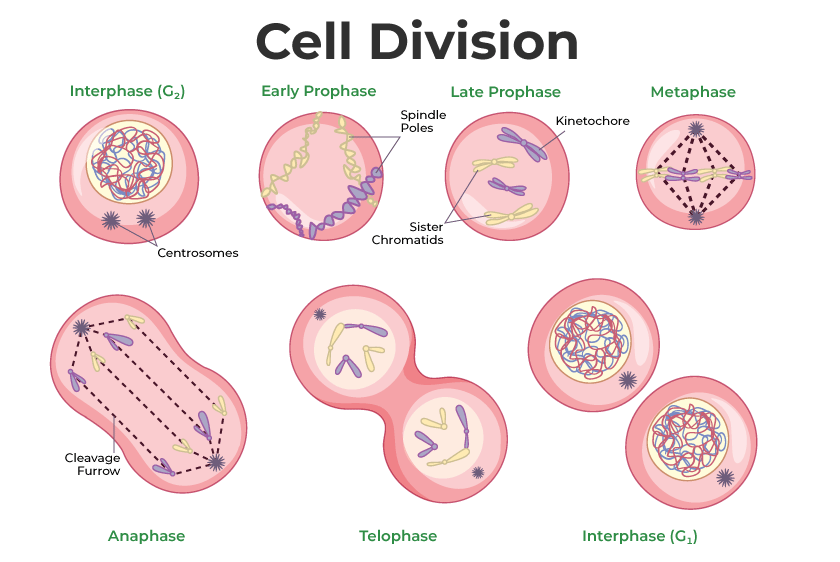 Reproduction in animals is closely linked to cell division, which is essential for the continuation of life. Cell division allows for the creation of new cells needed for growth, regeneration, and repair of tissues, as well as for the formation of gametes in sexual reproduction.
Reproduction in animals is closely linked to cell division, which is essential for the continuation of life. Cell division allows for the creation of new cells needed for growth, regeneration, and repair of tissues, as well as for the formation of gametes in sexual reproduction.
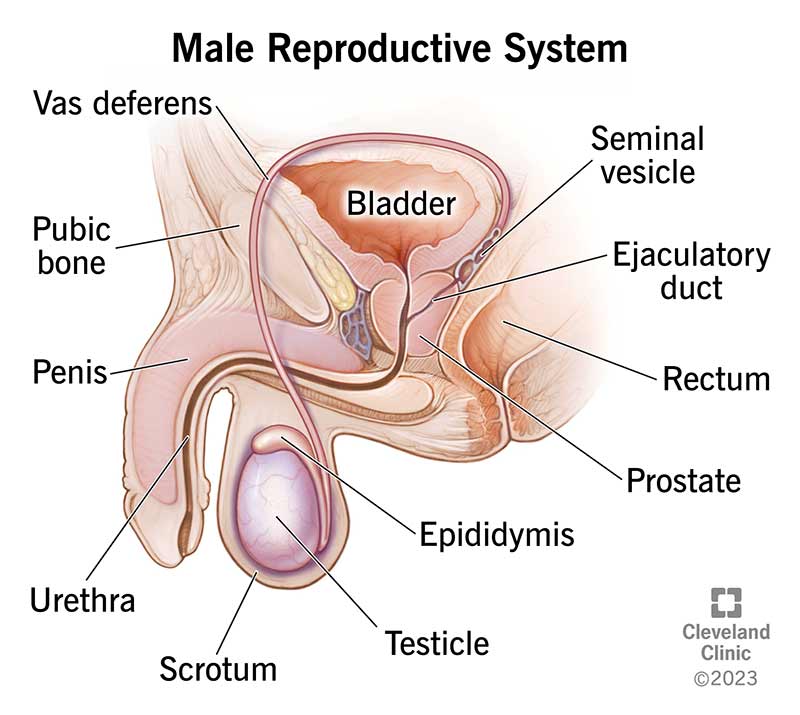 The male reproductive system is responsible for producing, storing, and delivering sperm, the male gametes, essential for reproduction. It consists of several key organs:
The male reproductive system is responsible for producing, storing, and delivering sperm, the male gametes, essential for reproduction. It consists of several key organs:
